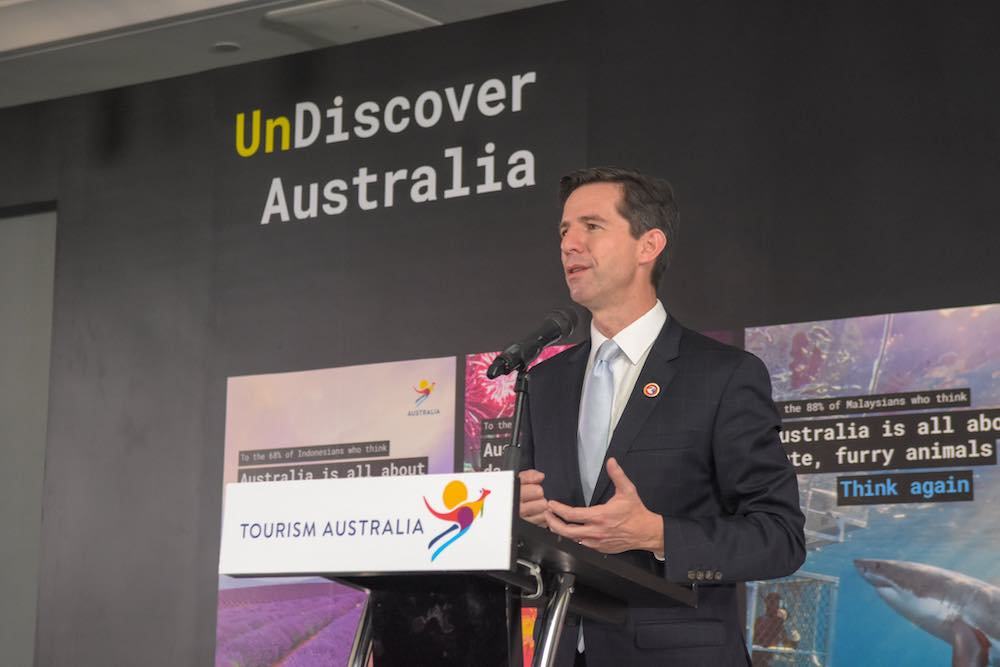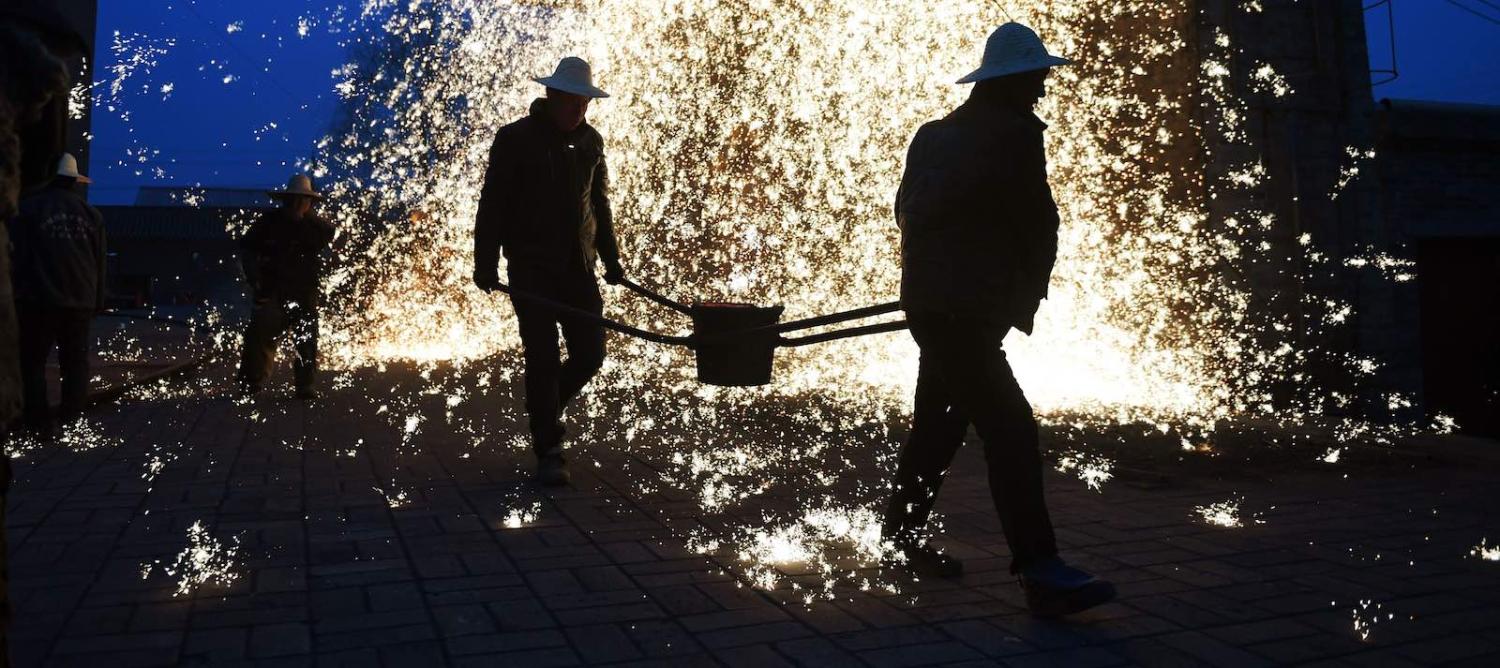Each way bet
Australian businesses are simultaneously becoming more dependent on China and traditional Anglo markets just when the country’s foreign policy thrust is to diversify links to major emerging nations such as India and Indonesia.
This at a time a new survey of business attitudes to trade also shows continued uncertainty and take-up of new bilateral trade agreements, despite the Coalition government claiming these as major political achievement and mounting an outreach program to promote them.
The Australian Chamber of Commerce and Industry (ACCI) survey poses an interesting challenge to the Asia versus New Zealand choice paradigm, which is commonly used in discussion about whether business is sufficiently engaged with Asia. It shows that 61% of respondents trade with China (which is a significant increase on 2016) followed by 49% with New Zealand and 47% with the US. This amounts to increased dependence on China when its economy is slowing and there are persistent cases of apparent political interference with Australian trade amid political tensions.

But after that, business is more dependent on older advanced countries despite the better growth outlook in large emerging countries such as Indonesia and India, which were more popular in previous ACCI surveys.
Fortunately, given the ACCI findings on growing China dependence, a separate survey of Australian businesses in China released this week revealed mixed but continued overall confidence about the China business outlook despite the bilateral diplomatic tensions and the US-China trade row.
ACCI argues for more government action to increase awareness of non-China high growth markets even though that has been a recent focus of both federal and state government trade promotion.

The rising dependence on China is reinforced by a finding that the bilateral trade agreement with it is the most used of Australia’s trade agreements followed by the US agreement and the Australia/New Zealand agreement with ASEAN nations.
But despite the education program which has followed the recent trade deals, the survey suggests lack of awareness of various agreements has risen over the past two years. This raises questions about how much of a political success these deals are as an election looms and whether more attention should be paid to broader World Trade Organisation or regional agreements to declutter the landscape.
Build on
BHP chief Andrew Mackenzie has been copping some flak for his unreconstructed support for China’s infrastructure building Belt and Road Initiative (BRI) in Beijing last week, just as Italy has given the BRI an even bigger boost.
Advocates and detractors of the BRI are both prone to hyperbole and rubbery numbers, yet at least BHP has made a useful contribution to this important debate with its seemingly hard-headed bottom-up approach.
BHP’s interest in selling iron ore, copper and coal into what may well be – despite its fragmented and ambiguous character – the world’s biggest development program is hardly secret or, for that matter, bad for Australia.
But while advocates and detractors of the BRI are both prone to hyperbole and rubbery numbers, at least BHP has made a useful contribution to this important debate with its seemingly hard-headed bottom-up approach to measuring the size and scope of the BRI. The company has had its share of strategic disasters but didn’t get to be Australia’s biggest company by ignoring demand for resources in Asia.
Meanwhile, if there is an infrastructure war under way in Asia, the most fascinating meeting this month would have been the armistice talks in Manila between Asian Development Bank president Takehiko Nakao and his Asian Infrastructure Investment Bank counterpart Jin Liqun.
The two signed a co-financing agreement after five collaborations so far mostly using ADB principles, although, as we have noted (Economic diplomacy: A new year of trade rows & development strife), the AIIB started the year by declaring it plans to do more stand-alone projects.
Digital ASEAN
Trade minister Simon Birmingham’s move to press Southeast Asian ambassadors over the need for a trade agreement covering ecommerce during their visit to Adelaide two weeks ago turned out to be very well timed.
The Association of South East Asian Nations (ASEAN) group has just released the text of its own agreement on electronic commerce negotiated last year even though other aspects of the region’s economic integration have some distance to go.

Most of the agreement focuses on cooperation rather than legal rules and so it probably doesn’t provide much greater certainty to business when technology leapfrogging from ride sharing to shopping is spurring rapid ecommerce growth across the region.
But as the Asian Trade Centre argues in this analysis, ecommerce regulation is now embedded in the ASEAN integration process providing more capacity for dialogue (and trading) partners such as Australia to be involved either bilaterally or in broader groups such as the Regional Comprehensive Economic Partnership.
The first opportunity may well be when negotiations begin next month in Melbourne on updating the ten-year-old ASEAN Australia and New Zealand Free Trade Agreement (AANZFTA).
Early start
The Department of Foreign Affairs and Trade is taking to heart the old Jesuit maxim about educating young minds to create the adults of the future by expanding its trade and investment outreach program into schools for the first time.
This outreach work, which is fuelled by qualitative polling showing negative attitudes to free trade and inward foreign investment despite Australia’s long boom, has mostly been focused on regional parts the country so far.
But DFAT used a recent visit by Southeast Asian ambassadors to a student forum in Adelaide to launch a new website which aims to provide accessible information on the role trade has played in the country’s development.
The outreach program is a useful preparation for the potential backlash against free trade in an eventual economic downturn. The schools part is based on the premise young people are instinctive globalists. But whether this is the case or not, it provides a useful grounding with trade becoming a more politically contested issue.
In dispute
Meanwhile, Birmingham appeared to be rehearsing his lines for an election debate about trade this week by suggesting that opposition (i.e. from Labor) to Investor State Dispute Settlement (ISDS) provisions is a “trivial left-wing obsession.”
These clauses, which allow foreign investors to sue governments for changing rules before independent offshore arbitrators, have certainly been cleaned up in recent trade deals to clarify government powers to make public policy changes in areas such as health care.
Maybe it is just the new ministerial learning curve. But Birmingham certainly has an expansive definition of left-wing when you consider the list of ISDS critics over the years: the Productivity Commission, the Australian Competition and Consumer Commission, former Chief Justice Robert French, the European Union and the Cato Institute thinktank.

